Maybe you’ve scrolled through Pinterest for hours and have picked out the exact hair color looks that you want, but you don’t know what to ask for when you schedule your next hair appointment. Don’t worry. There are almost too many hair coloring techniques to keep track of today.
Fortunately, we’ve compiled a list of different types of hair coloring techniques for you. From multi-colored all-over looks to subtle, natural hair color transformations, we’ve got them for you below.
Types of Hair Coloring Techniques
#1. Ombré
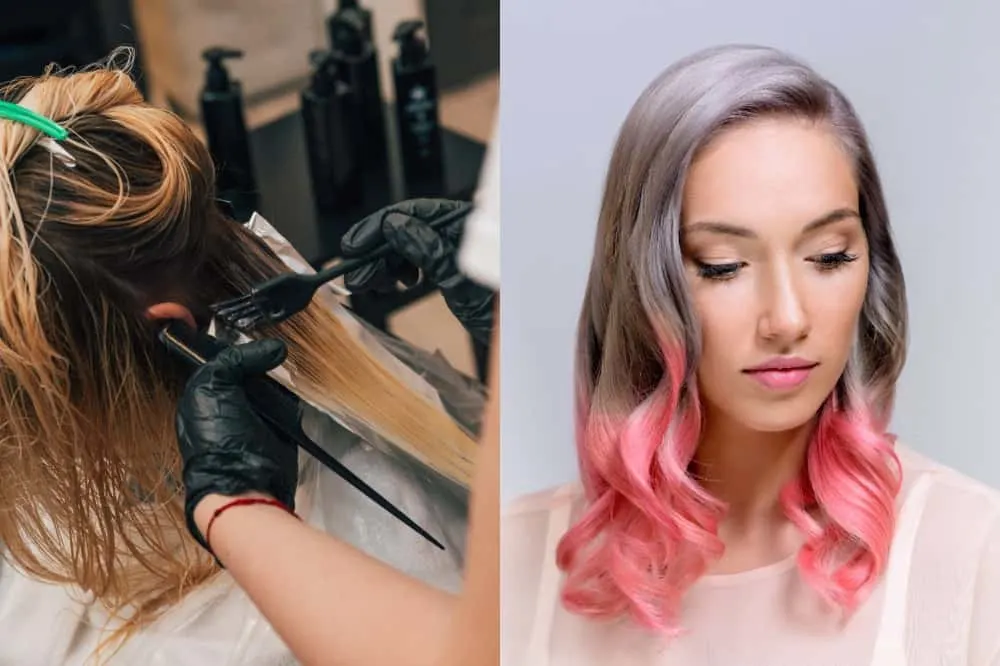
Ombré hair coloring was all the rage a few years ago and has recently begun its comeback. It’s most notable on brunettes because it involves a quick change from dark to light around the hair’s middle to the ends. To create the ombré look, you use a pre-lightener on the section of hair you want to color, no matter your natural color.
The point of this coloring technique is to create a gradual increase in hair lightness to the point where the ends are blonde, but the roots and upper part of your hair remain darker.
#2. Sombre
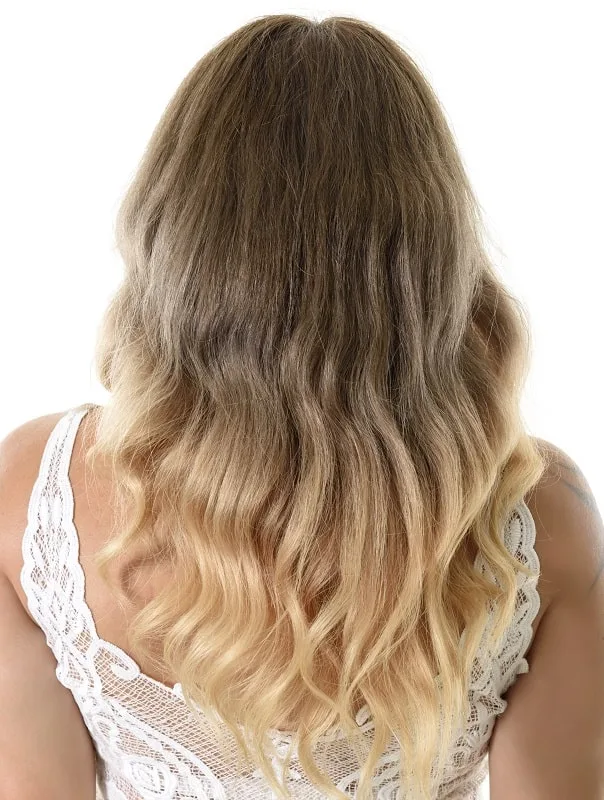
If you want a similar look to the ombré hair coloring technique but don’t appreciate the sharp contrast it achieves, you can tell your hairstylist that you want a more sombre style. The name’s a combination of soft and ombre, giving you a more natural look while still achieving a downward cascading transition from dark to light.
The sombre process involves much of the same as the ombre technique but also requires some blending. However, sombre helps you achieve a lighter yet natural hair color and doesn’t require much upkeep. Plus, it’s easier to grow out than ombré too.
#3. Balayage

Don’t hurt yourself trying to pronounce this one. Chances are, if you enter a salon and begin to describe balayage, your stylist will know what you’re talking about because of this hair coloring technique’s popularity. The method is similar to highlights but makes the overall result blend more seamlessly together than streaks starting from the roots do.
Since the technique doesn’t start at the root, it doesn’t need as much upkeep as other hair color styles, like highlights or all-over color. Hairstylists also don’t need to load their hair up with foils since most salons practice hand-painted balayage to create a natural, dimension-enhancing look.
Colors range for balayage. From adding lighter blonde to already sandy hair or infusing auburn dimension into brunette locks, the possibilities to create with balayage go on.
#4. Highlights and Lowlights

If you’ve considered getting your hair colored, you’ve most likely heard the terms highlight and lowlight thrown around because they are among the most common hair coloring techniques out there.
A hair stylist will apply a lightener to small layers in your hair before wrapping the sections in foils. The lightener sits for a bit until your color lifts. Then, you’ll get a rinse and a quick tone to lock in your desired color.
The same method applies to lowlights, except you won’t need a lightener. Instead, getting lowlights involves getting a darker color added to your hair.
#5. Babylights

Don’t let the name fool you; babylights are not highlights for babies. Instead, this hair coloring technique is like a combination of balayage and highlights. The overall look achieves a very subtle color while enhancing your look.
Babylights focus on the hairline and more nuanced aspects of your hair. It also requires incredibly fine detail instead of slathering lightener on thick portions of hair to create dimension. The finished product looks almost as if you have the color naturally.
Not to mention, anyone can rock the babylights style no matter your hair length, color, or thickness.
#6. All-Over
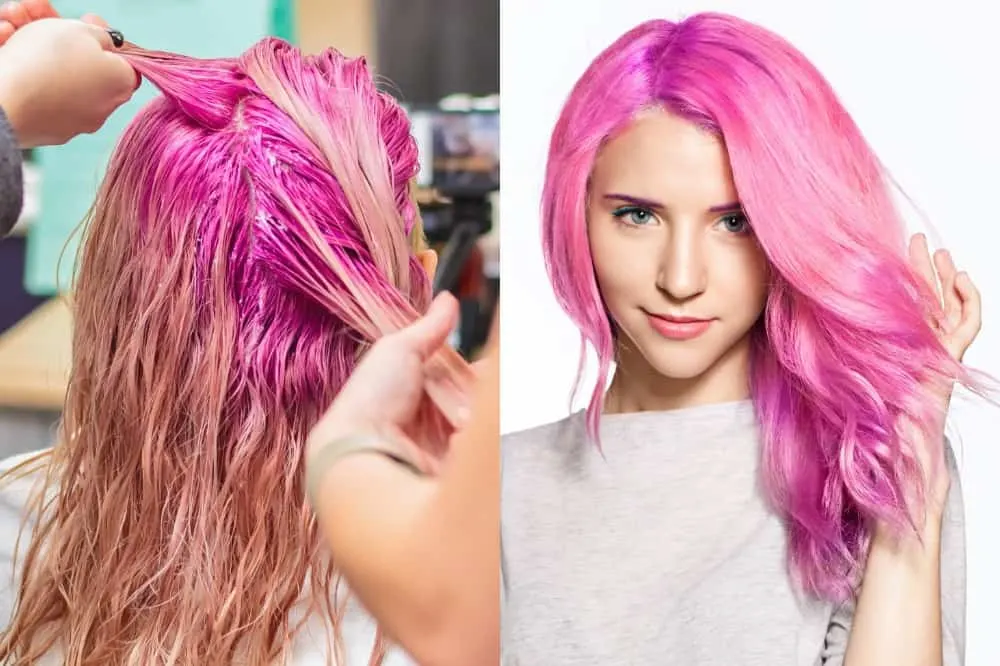
Just as the name implies, all-over color involves dying your entire head of hair. For example, if you’re going from blonde to brunette, you will most likely require an all-over hair coloring technique to get the job done.
However, going from brown to blonde might not be as simple as the other way around, depending on your hair’s lightness.
A hair coloring technique from brunette to blonde might require multiple all-over lightener sessions to ensure your hair’s health. However, since lightener can damage hair, going from dark to light requires a subtler approach.
All-over coloring usually comes with toner too to glaze the hair and add some dimension. You can also follow up this coloring job with some highlights or lowlights to add some more dimension.
#7. Split-Tone
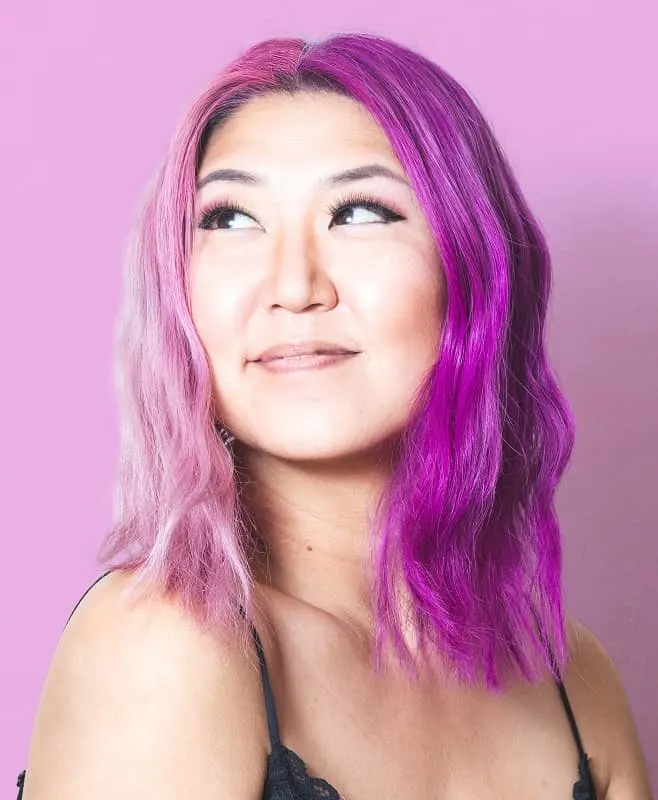
Can’t decide what color you want to dye your hair? You don’t have to choose with the split-tone hair coloring technique. Well, you’ll have to choose two, but that’s better than narrowing down your choices to one.
The split tone technique literally splits your hair into two colors. You can choose contrasting, different shades of your two favorites or, really, any two color combinations you can think of for a split-tone look.
Similar to the all-over coloring look, split-tone stylists will apply all-over color to each half of your hair according to the color. If you want unnaturally occurring colors, such as green, purple, or blue, your stylist might apply an all-over lightener first before addressing each color to ensure the pigment takes to your hair as you want it to.
#8. Frosting
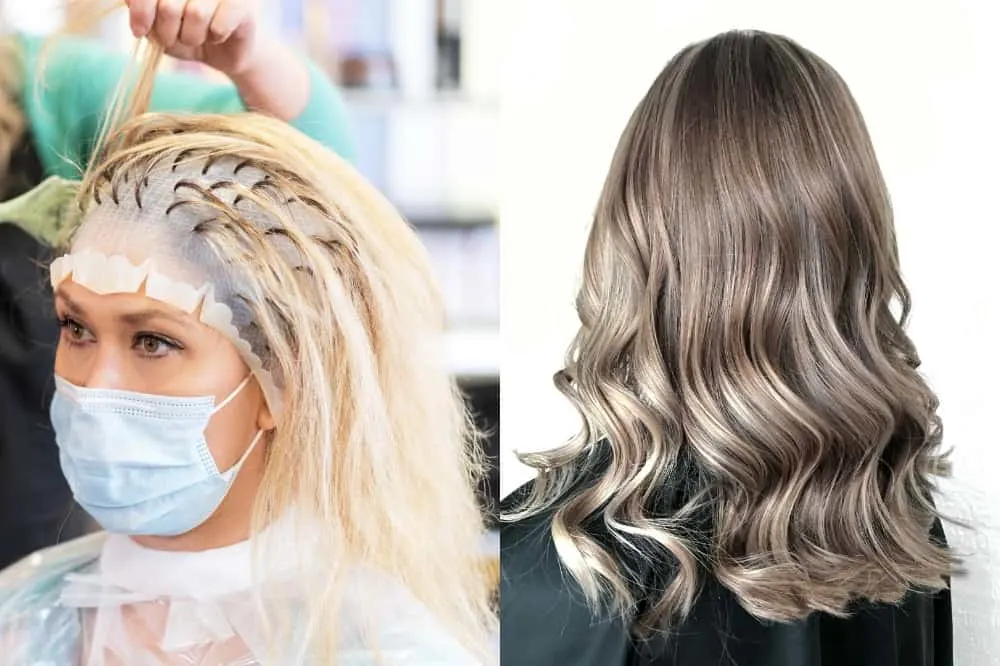
Frosting is a major throwback to the early 2000s. You might remember it from all of those boy band leads with frosted tips. The hair color technique applies lightened color to the ends of short hair for both men and women—not short hair like shoulder length or a clipped bob but on pixie cuts or typical men’s haircut styles.
The technique achieves an almost dusted look as if you sprayed color on your head like a hair spray. The color does not bleed into the roots but sits on top, hence the frosting technique name. Don’t get confused frosted hair with highlighted hair. You can read the differences between frosted hair and highlights here.
#9. Mermaid
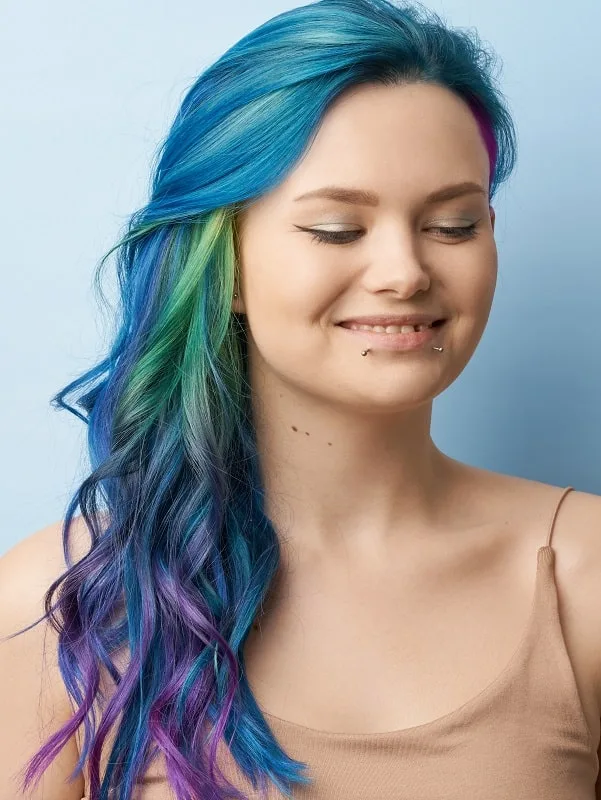
If you’re looking for a complete and fun hair transformation or have always dreamed of achieving a fairytale hairstyle, you might want to consider the mermaid hair coloring technique at your next hair appointment.
The mermaid hair coloring technique involves multiple colors, sometimes even the full rainbow spectrum, to create a multi-colored, dimensional hairstyle that captivates and brings some magic to your look.
Keep in mind; the mermaid look is a time-consuming process since it involves multiple colors. You might first need to undergo an all-over lightening process to start from a clean slate when dying many colors, but the resulting look is gorgeous and unique.
#10. Geode
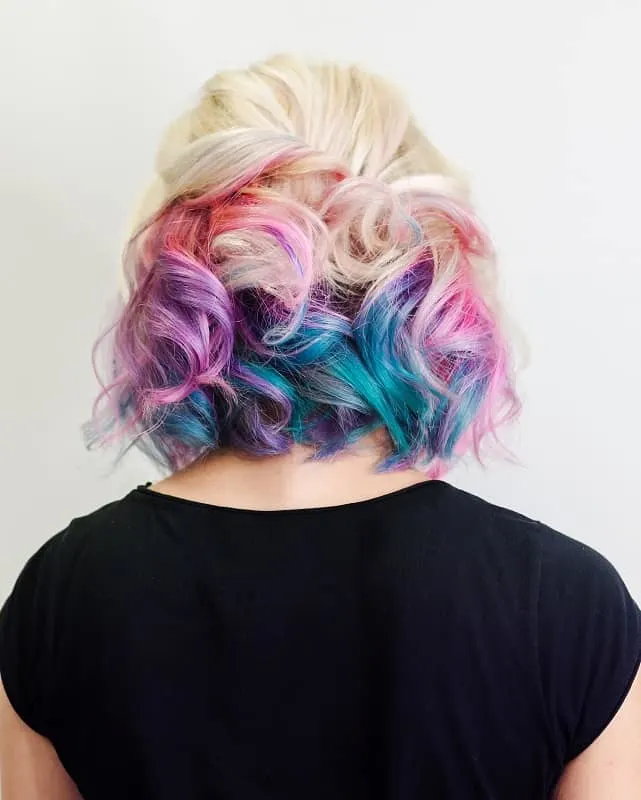
Similar to the mermaid hair coloring technique, the geode style involves multiple colors. However, geode hair coloring typically uses tints and shades of the same color, like using different purple hues. It’s also a more subtle look than the mermaid.
To achieve the geode look, a hairstylist might apply the colors in a balayage fashion to cascade and blend with your natural hair color, although it is not limited to that way.
#11. Rooting

You might’ve hated your roots before, but recently having extended grays is all the rage, thanks to the rooting hair coloring technique. For this technique, stylists apply color and grow it from your roots to your tips. Instead, rooting blends seamlessly into the rest of your natural hair color.
12. Dip-Dyed Hair
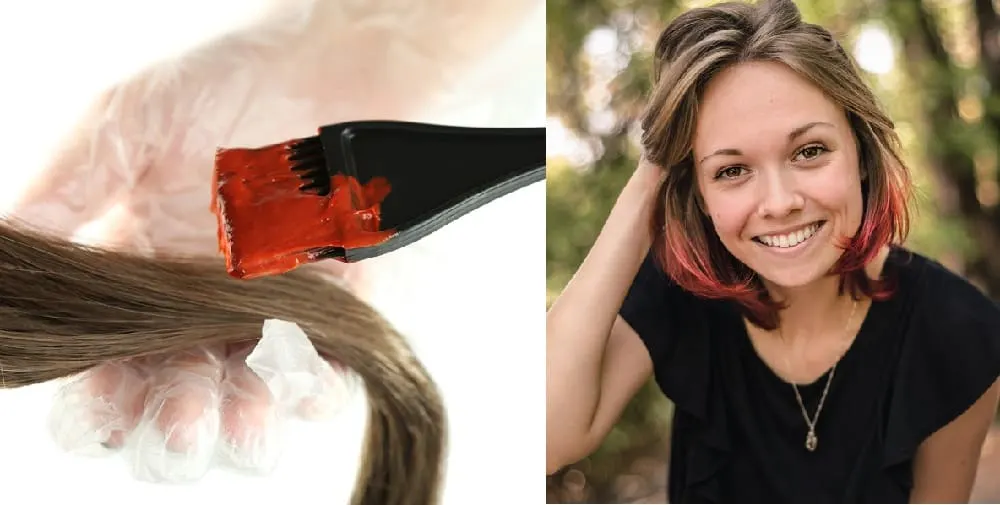
If you’ve seen Katy Perry and Kylie Jenner in magazines or on Instagram, you’ve seen how beautiful dip-dyed hair is. Bright blue, emerald green, lavender, and hot pink are all vibrantly possible thanks to dip-dyeing.
The process, which applies bright colors to just the ends of the hair, is available in both salons and at home as a DIY. If you wash your hair about two times a week, the color will last between four and six weeks.
Like regular hair dyes, the brighter the color you want, the higher the likelihood that you’ll need to bleach the hair before dip-dyeing. You can certainly skip bleaching if you’re worried about the damage or want to try your own at-home job but be warned the final color may not be as brilliant or noticeable if you’re applying it to dark hair.
You decide to visit the salon for dip-dyeing, you just need to decide on a color! For a DIY job, you can purchase a kit online from companies like L’Oreal. Remember to condition to retain color and moisture!
13. Ecaille
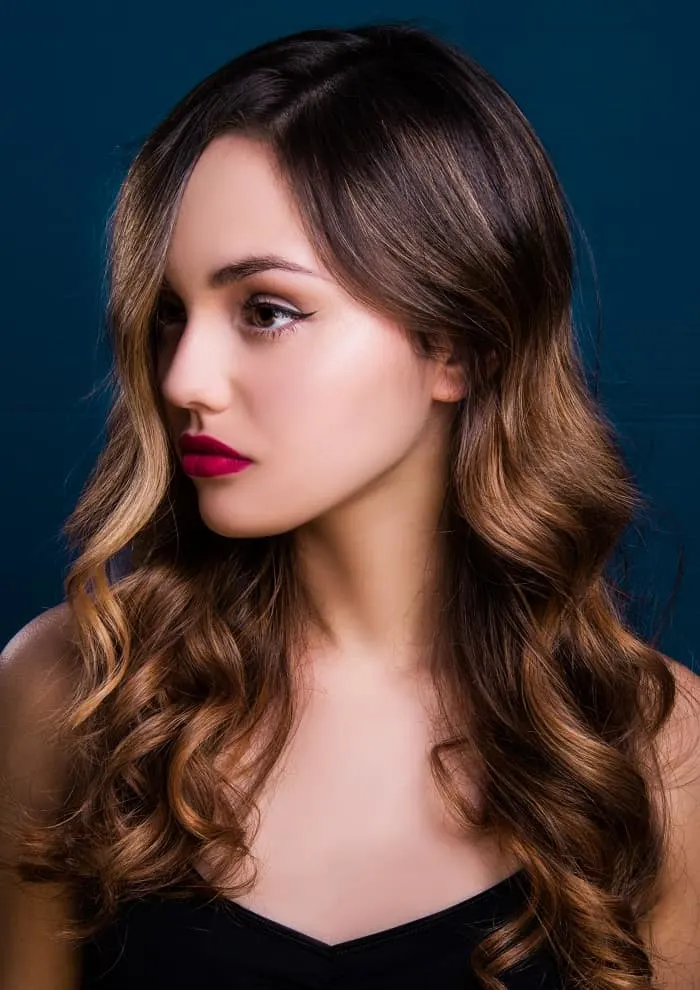
Ecaille came about in 2015 as a tortoiseshell color meant to highlight hair; it’s very rich from scalp to body but softens at ends. It blends all the best neutral shades – caramel, chestnut, golden blonde, and chocolate – to make one stunning natural-looking hair color.
Celebs like Sarah Jessica Parker and Jessica Alba have tried the trend, so we know it’s try-worthy!
Both blondes and brunettes can get the summery color, but it’s best to darken your base color if you’re a light blonde as dark bases best show off ecaille. You can expect it to last about three months before touch-ups are needed.
Since the process is a bit more complicated, it’s best to leave ecaille to the professionals.
If you want to add color to your hair or are tired of the high maintenance your hair coloring requires, you might want to consider the rooting look. Ultimately, the technique cuts down upkeep so that you can keep your color but skip the monthly salon touch-up appointments.
